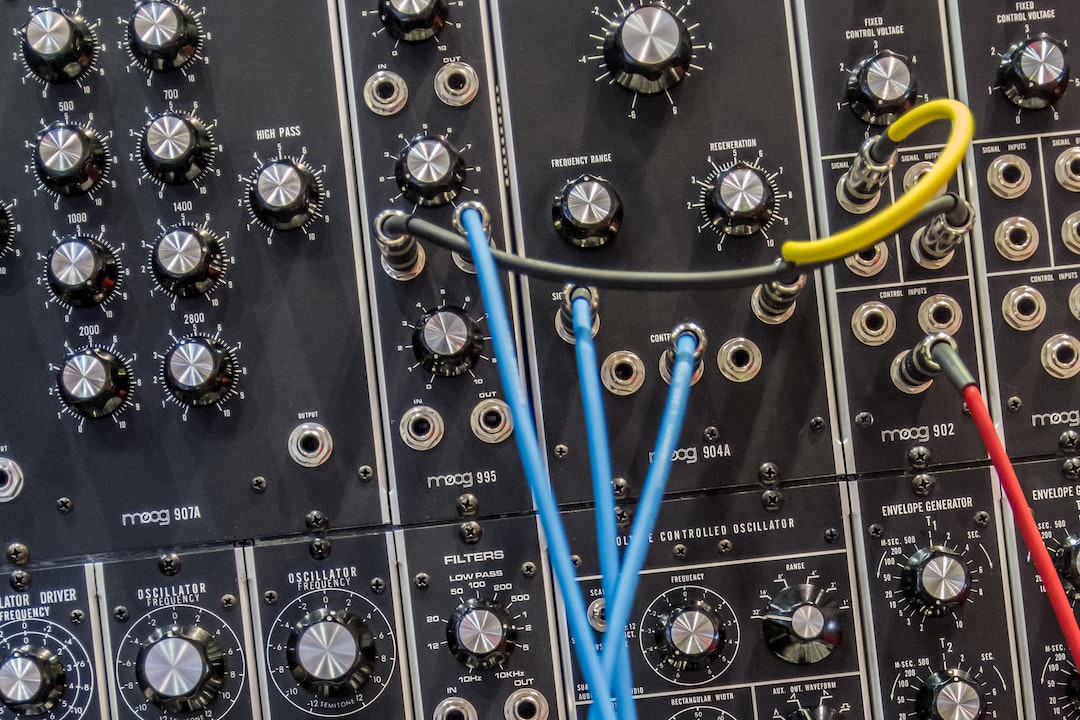As technology continues to advance at an unprecedented pace, 3D printing has emerged as one of the most promising technologies that is shaping the future of industries all around the world. Three-dimensional printing, also known as additive manufacturing, has already proven to be a game changer in various sectors such as engineering, architecture, aerospace, healthcare, and even the fashion industry. The potential for its application is seemingly boundless, and those who have invested in this technology stand to gain a considerable edge over their rivals in the years to come.
3D printing technology has revolutionized the way products are designed and manufactured. One of the most promising features of 3D printing is its ability to create complex and intricate shapes, something that could only be achieved through traditional manufacturing methods with great difficulty. Able to create practically any shape, 3D printing technology opens up a whole new world of possibilities and opportunities for designers and manufacturers.
One of the most interesting aspects of 3D printing technology is the way it can be used to reduce costs in the manufacturing process. The ability to produce things more accurately and efficiently, with less waste, material consumption, and production time is one of the primary benefits of 3D printing. This means that businesses can produce more at lower costs, allowing them to invest in other areas of product development or be more profitable overall.
Another advantage of 3D printing technology is its ability to provide complete customization in products. This feature has been particularly beneficial in the field of medicine where 3D printing has enabled the manufacture of prosthetic devices that fit perfectly with the body contours of the patients. In other related fields, 3D printing has been instrumental in the creation of customized implants, which have proved to be effective in healing damaged bones and preventing the spread of tumor cells.
The future of 3D printing technology is promising and shows no signs of slowing down. In the near future, it is expected that there will be increased adoption of this technology in a variety of industries worldwide. The technology has already made significant strides in robotics, food and even in the urban planning sector. As it evolves, 3D printing will continue to push the limits of creativity and innovation in ways that were once thought impossible.
In conclusion, the future of 3D printing technology is a bright one. As it continues to progress, 3D printing has the potential to revolutionize the manufacturing industry and other sectors. Its many benefits, including creating complex shapes, reducing costs, providing customization, and speeding up production, have already made it a game changer in various fields, and as the technology continues to evolve, its potential applications will only become more numerous and diverse. From saving lives in medicine to creating the future of manufacturing, 3D printing technology can only be described as a transformational force in the world of innovation.

